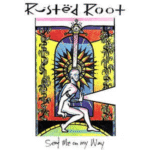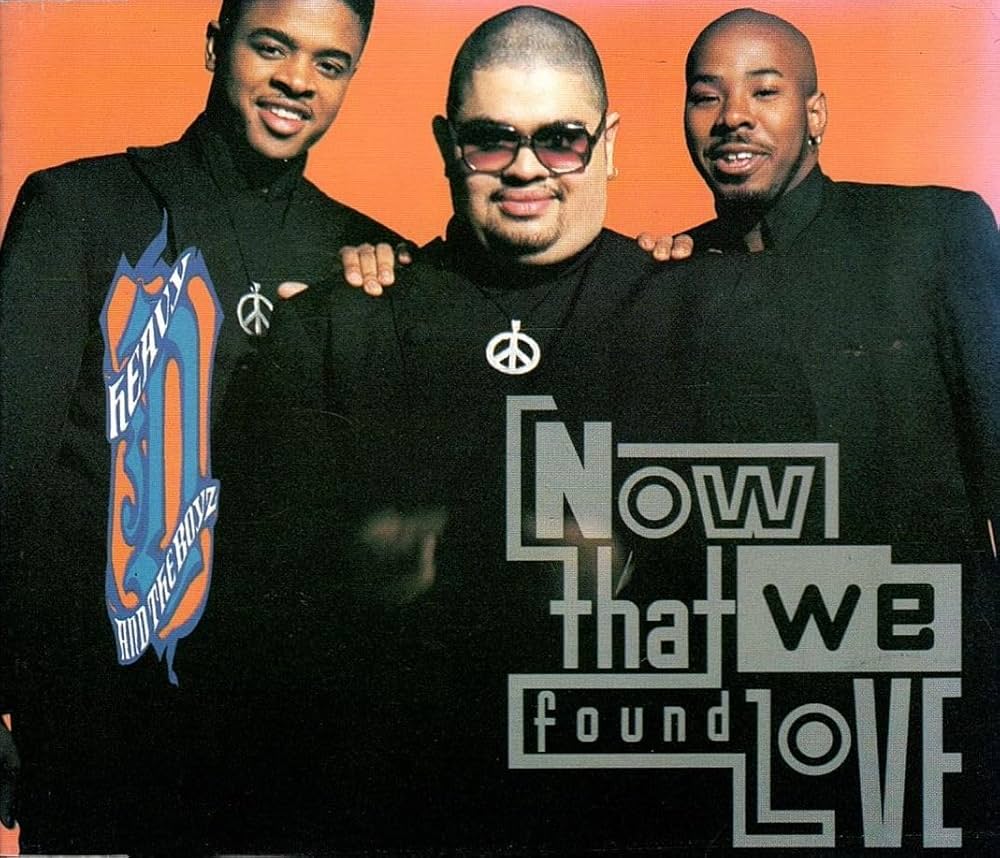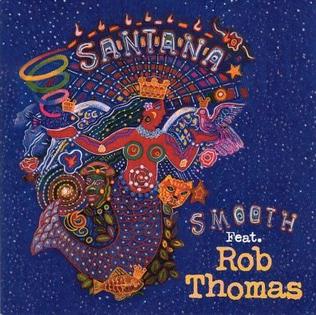 There’s a rare kind of song that manages to feel like sunshine. It doesn’t just sound happy — it radiates a deep, earthy joy that feels both spiritual and spontaneous. “Send Me On My Way” by Rusted Root is one of those rare tracks that transcends time and genre. Released in 1994 on the band’s major-label debut When I Woke, the song has long outlasted the ‘90s jam-band and alternative-folk scenes from which it was born. Its combination of tribal percussion, worldbeat rhythms, and nonsensical, almost childlike lyrics created a tune that feels universal — something that could be sung around a campfire, in a movie montage, or shouted at the top of your lungs on a road trip.
There’s a rare kind of song that manages to feel like sunshine. It doesn’t just sound happy — it radiates a deep, earthy joy that feels both spiritual and spontaneous. “Send Me On My Way” by Rusted Root is one of those rare tracks that transcends time and genre. Released in 1994 on the band’s major-label debut When I Woke, the song has long outlasted the ‘90s jam-band and alternative-folk scenes from which it was born. Its combination of tribal percussion, worldbeat rhythms, and nonsensical, almost childlike lyrics created a tune that feels universal — something that could be sung around a campfire, in a movie montage, or shouted at the top of your lungs on a road trip.
For many, “Send Me On My Way” evokes a specific image — perhaps a dusty highway, an open field, or the unforgettable scene in Matilda when the gifted young girl wanders through the world discovering herself. It’s also been featured in Ice Age, Party of Five, and countless commercials, soundtracks, and graduation videos. There’s something ineffably optimistic about it — it doesn’t just sound like hope, it feels like motion itself. The song’s strange scatting vocals and buoyant energy made it one of the most recognizable tunes of the ‘90s, even if people couldn’t always remember the name of the band behind it. But at its core, “Send Me On My Way” is more than a pop oddity. It’s a cultural artifact of a specific moment — when alternative music wasn’t afraid to sound organic, spiritual, and proudly weird.
The Song That Smiled Back
When “Send Me On My Way” hit radio in 1994, Rusted Root stood out like a technicolor tie-dye in a sea of flannel. Alternative rock was dominated by grunge’s gritty realism — Nirvana, Pearl Jam, Soundgarden — while Rusted Root sounded like they’d just come back from a drum circle in a rainforest. Led by frontman Michael Glabicki, the Pittsburgh-based group drew from a deep well of influences: African rhythms, Native American chants, bluegrass, funk, and folk. They were spiritual without being sanctimonious, earthy but not naive.
“Send Me On My Way” begins with a lightly percussive acoustic riff, followed by hand drums, shakers, and Glabicki’s unmistakable nasal voice, half-singing, half-mumbling: “I would like to reach out my hand, oh may see you, oh may tell you to run…” His phrasing feels improvised, raw, almost primal. Then comes the chorus — “On my way, on my way…” — a mantra of movement and joy. What really sells the song, though, is its rhythm. The syncopated drums, layered harmonies, and gentle propulsion give it a feel that’s both danceable and meditative.
In a decade where irony and angst were cultural currency, “Send Me On My Way” offered sincerity. It wasn’t cool in a detached sense — it was warm, inclusive, and downright celebratory. The band’s hippie sensibility made them kindred spirits to groups like Dave Matthews Band or Phish, but Rusted Root was always more communal, more global. Their music seemed less about technical prowess and more about shared experience — a reminder that you didn’t need to understand every lyric to feel what was being sung.
The Power of Nonsense and Spirit
One of the most charming things about “Send Me On My Way” is that many of its lyrics are nearly indecipherable. Over the years, fans have guessed at what Michael Glabicki was singing — some hear “I would like to hold my little hand,” others swear it’s “I would like to open up my heart.” The truth is, even Glabicki has admitted the words are less important than their feeling. His delivery is more like a chant than a narrative, meant to evoke rather than explain.
That approach, rooted in improvisation and intuition, gives the song a kind of spiritual universality. It’s not about something specific — it’s about everything. The joy of motion, the promise of new beginnings, the openness of travel and transformation. The same goes for its famous refrain: “On my way…” — a phrase simple enough to mean anything you want. To a child, it’s an adventure; to a traveler, a journey; to a dreamer, a destiny.
Musically, Rusted Root’s arrangement underscores that sense of journey. The percussion section — led by drummer Jim Donovan and multi-instrumentalist Liz Berlin — weaves together bongos, tambourines, and congas into an organic groove that never lets up. The guitars are bright and rhythmic, occasionally dipping into bluegrass-style picking. Layered harmonies lift the chorus into a joyful chant. It’s world music filtered through the heart of American folk-rock, a sound that manages to be both grounded and soaring.
From Pittsburgh to the World
Rusted Root wasn’t your typical early-’90s band. Formed in 1990 in Pittsburgh, they quickly built a following through relentless touring and their open-hearted approach to performance. By the time When I Woke was released in 1994, the band had developed a reputation as a must-see live act — part jam band, part spiritual collective.
“Send Me On My Way” became their breakout single, climbing to No. 72 on the Billboard Hot 100 and earning heavy play on college and alternative radio. But its real longevity came from the song’s adoption by pop culture. When Matilda used it in 1996, it introduced Rusted Root to a younger, wider audience. The song’s buoyant energy perfectly captured that film’s whimsical tone, and from there, it seemed to take on a life of its own.
Throughout the 2000s, “Send Me On My Way” became a go-to soundtrack choice for moments of self-discovery, joy, and travel. From Ice Age to Chuck to The Office, it appeared everywhere — often in montages of characters walking, driving, or literally being “on their way.” It became shorthand for optimism and movement, a sonic postcard from the road of life.
Rusted Root themselves continued to tour steadily, building a loyal fanbase despite never replicating the massive cultural reach of that one song. Their later albums, including Remember (1996) and Welcome to My Party (2002), showed evolution in sound but retained that organic, communal vibe. Still, “Send Me On My Way” remained the centerpiece of every show — the anthem that fans would wait for, ready to dance barefoot and shout along, however they interpreted the words.
The Meaning Behind the Joy
There’s an interesting paradox at the heart of “Send Me On My Way.” For a song that sounds so happy, it’s not necessarily about unbroken joy. Beneath the surface is a theme of departure — of leaving behind what’s familiar to seek something more. The “way” of the title isn’t just a path forward; it’s a spiritual journey. Glabicki has described the song as an expression of searching, of releasing control and letting life carry you where it will.
That combination of joy and yearning gives the song its depth. It’s not just a feel-good tune; it’s a meditation on movement and impermanence. The celebratory percussion and bright melodies suggest freedom, but there’s also a wistful quality in the melody — as though the singer knows that every journey involves letting go of something. That bittersweet undercurrent is what gives “Send Me On My Way” its emotional staying power.
It’s why the song works so well in movies — it can mean a thousand things depending on the moment. For a graduation montage, it’s optimism. For a road trip scene, it’s adventure. For a child discovering the world, it’s innocence. The ambiguity of the lyrics becomes the secret to its universality. Everyone can project their own meaning onto it.
A Legacy Written in Smiles
Today, more than 30 years after its release, “Send Me On My Way” remains a cultural touchstone. Its inclusion in films and commercials continues to introduce it to new generations — often without listeners even realizing it’s from the mid-’90s. It has an ageless quality, a song seemingly untethered from any specific era.
On streaming platforms, it’s Rusted Root’s most-played song by far, with hundreds of millions of listens. The band’s influence can even be heard in modern indie and folk acts like Edward Sharpe and the Magnetic Zeros or The Lumineers — groups that likewise fuse communal spirit with organic instrumentation and a sense of collective uplift.
But perhaps the greatest legacy of “Send Me On My Way” is how it brings people together. It’s a song made for singing with others — at festivals, weddings, campfires, or just with friends in a car. The nonsense lyrics remove the pressure of meaning, allowing the listener to connect through emotion alone. You don’t sing “Send Me On My Way” to analyze it — you sing it to feel it.
Joy Without Irony
Looking back, “Send Me On My Way” feels like an outlier in its decade — a beacon of unfiltered joy in an age of cool detachment. It’s earnest, spiritual, and a little weird, all things that the alternative rock establishment of 1994 tended to avoid. And yet, that’s precisely what’s kept it alive.
While other songs from that era feel bound by their time, “Send Me On My Way” feels elemental. Its acoustic energy, tribal percussion, and chanting vocals connect to something older than pop — something closer to the human heartbeat. Rusted Root managed to make a radio hit that sounds like a ritual, a reminder that music’s first purpose was to move the body and spirit together.
It’s that quality that’s kept the song woven into the fabric of popular culture for three decades. Whether you hear it in a kids’ movie, a commercial, or a friend’s backyard party, it always feels right. It’s music that doesn’t just fill the air — it fills the soul.
The Road Goes On
“Send Me On My Way” is a testament to the power of simplicity. Its joy doesn’t come from complexity or virtuosity — it comes from honesty, rhythm, and community. Rusted Root might not have known it at the time, but they created a song that captured something timeless: the feeling of motion toward something hopeful.
When you hear those opening chords today, it’s impossible not to smile. Maybe you don’t know every word (no one really does), but that doesn’t matter. The spirit of the song is bigger than its lyrics — it’s about freedom, joy, and the willingness to keep moving forward, wherever the road may lead.
In an age of overproduced pop and ironic detachment, “Send Me On My Way” stands as a reminder of the beauty in authenticity — of what happens when music dares to be unashamedly open-hearted. It’s not just a song you listen to; it’s a song that lifts you.
And even now, all these years later, it still does exactly what it set out to do: send us all — smiling, dancing, and dreaming — on our way.


